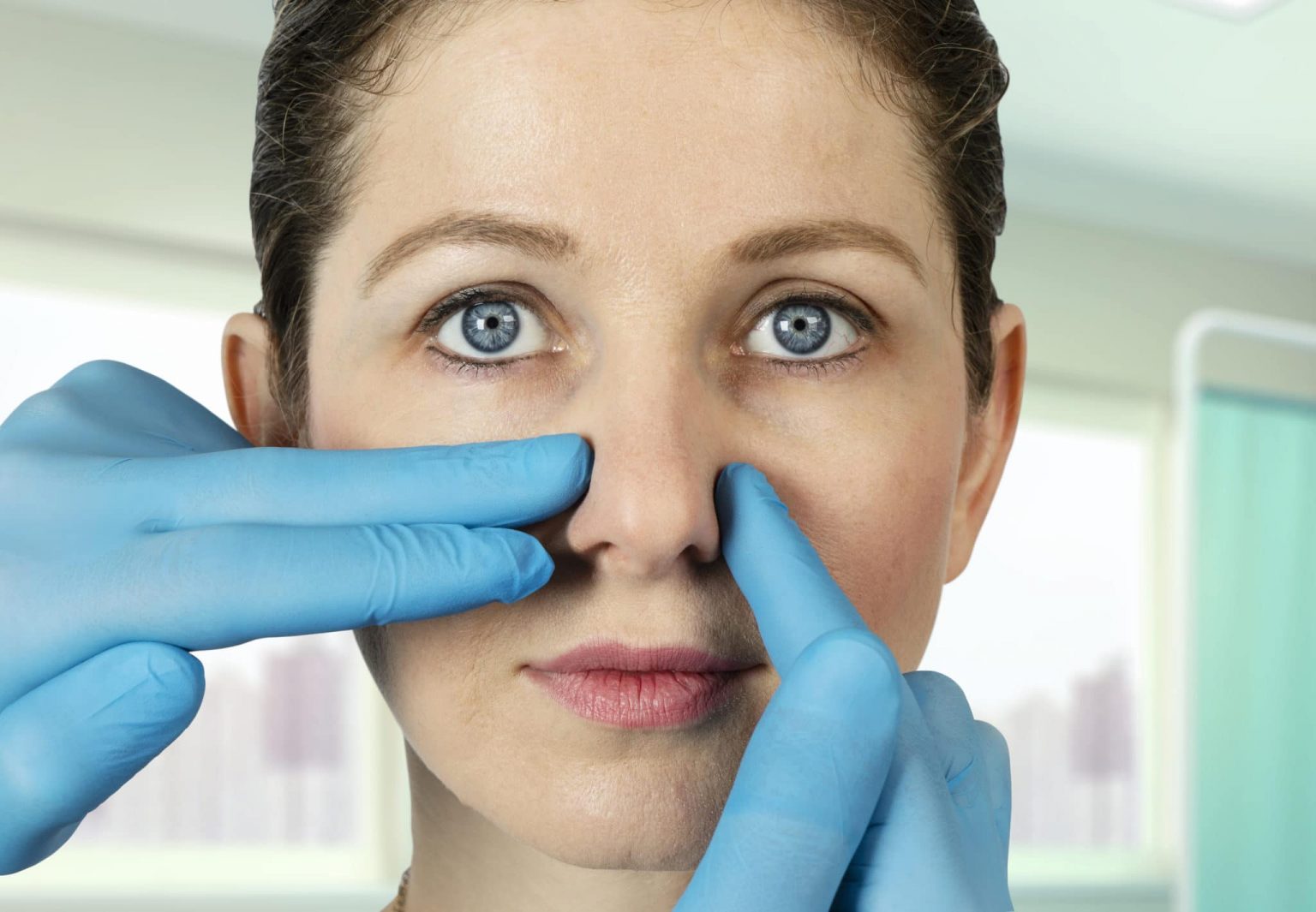A deviated septum involves the bone and cartilage dividing your nasal cavity, which becomes off-center or crooked. If severe enough, this deviation can cause breathing difficulties and chronic sinus conditions that require treatment.
What Causes a Deviated Septum?
Most often, a deviated septum is a condition that occurs during birth or fetal development. In other cases, trauma or injury to the nose causes the displacement. This condition is frequently the result of a sports injury or automobile accident.
What Are the Symptoms of a Deviated Septum?

The perfect nasal septum divides the left and right nostrils evenly, but this is pretty rare; it’s estimated that about 80% of the population has a septum that is off-center to some extent. Usually, the deviation is slight and goes unnoticed; only the worst cases produce symptoms that affect breathing.
Nasal congestion (often limited to one side of the nose) is the most common symptom. In some cases, septal deviations can cause headaches, nose bleeds, or contribute to sinusitis or snoring .
How Is a Deviated Septum Treated?
If the deviated septum isn’t too severe, symptoms may respond to treatment with medications. Antihistamines, decongestants and nasal steroid sprays can reduce congestion and inflammation in some patients.
When medicines are ineffective, a surgical procedure known as a septoplasty may be necessary to reposition a crooked septum and improve breathing. This procedure involves removing excess bone or cartilage to create more breathing space and is typically performed in an outpatient setting using local or general anesthesia.
Call Cape ENT & Cape Hearing Center at (302) 703-4025 for more information or to schedule an appointment.